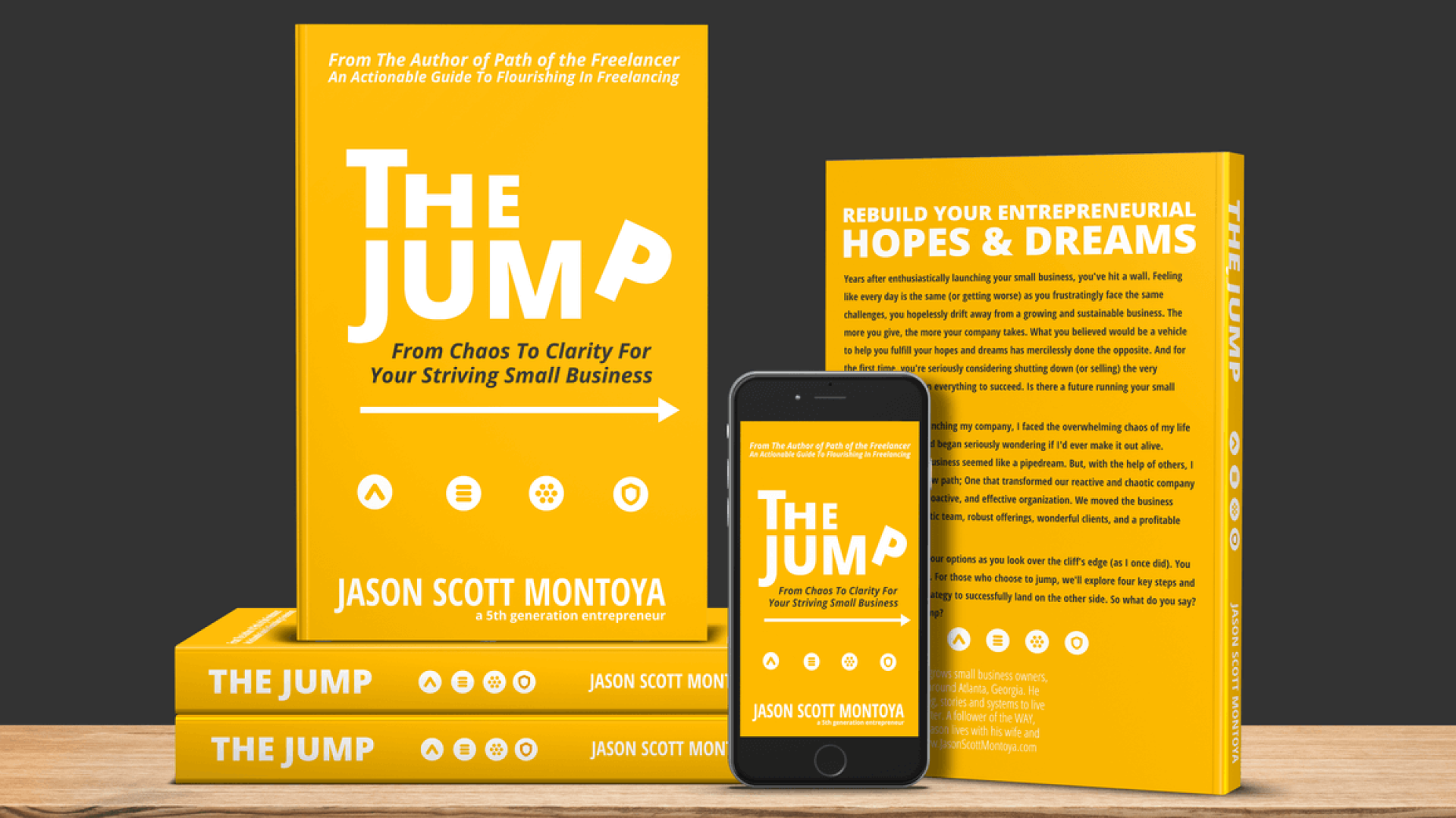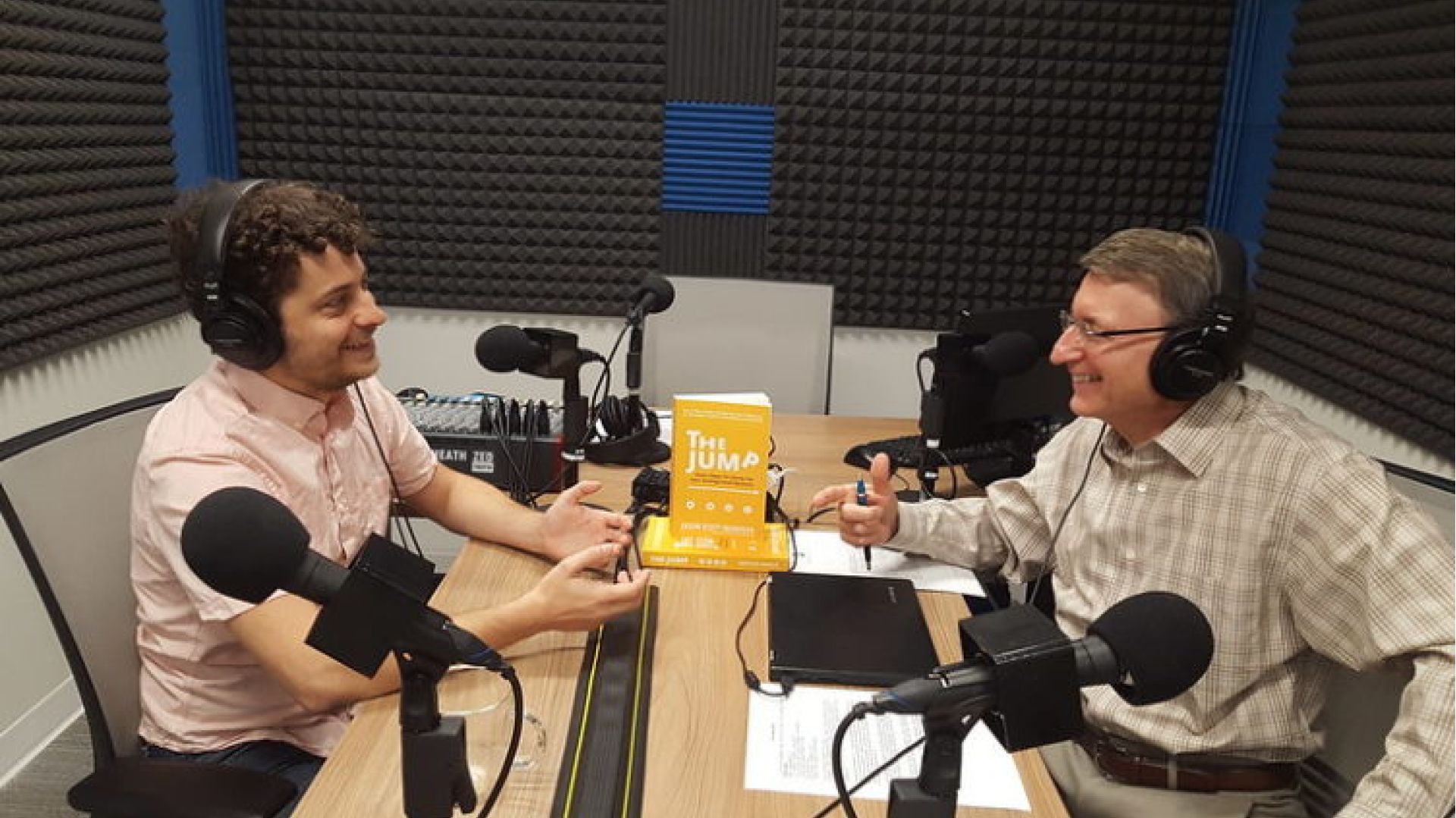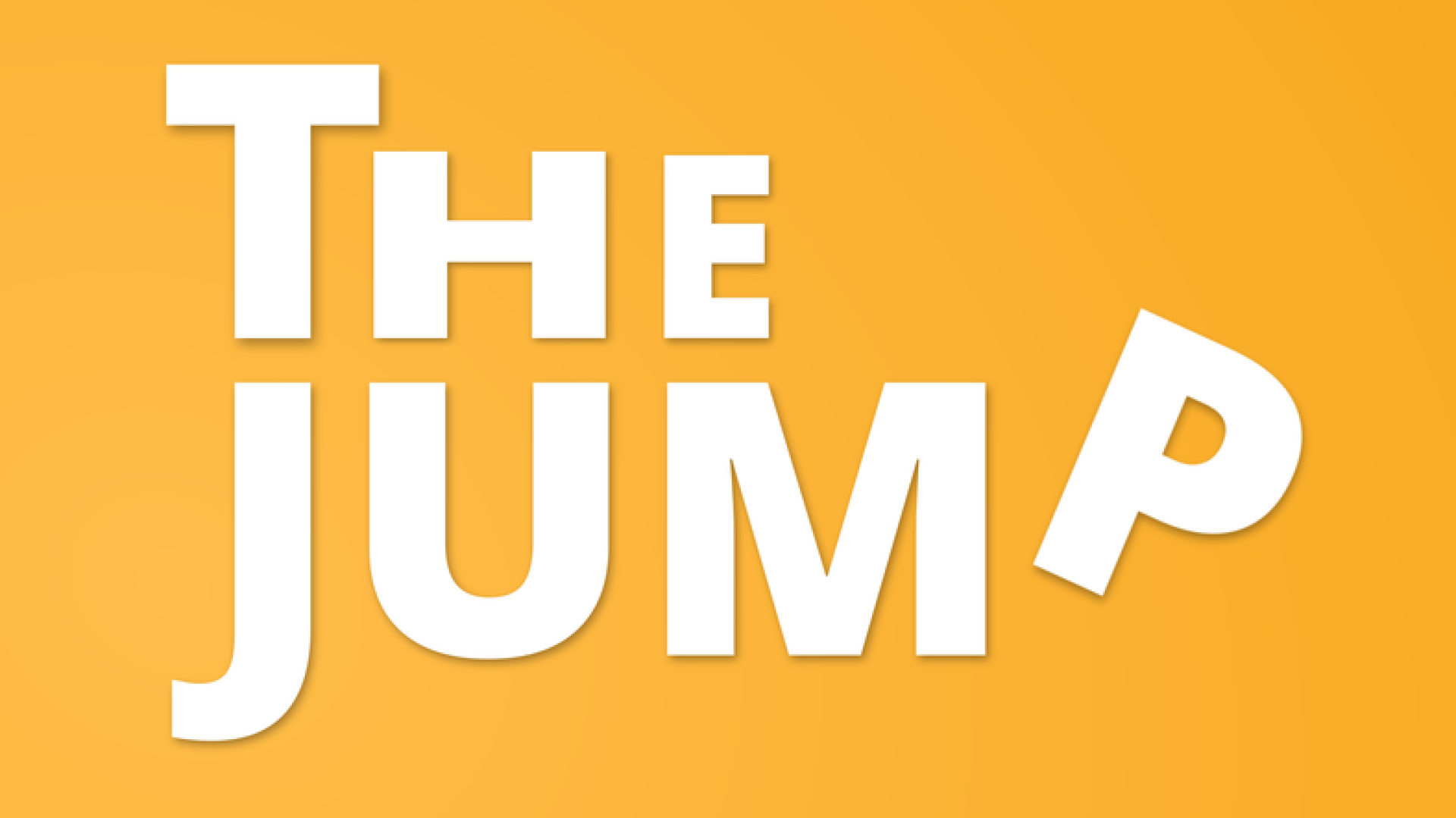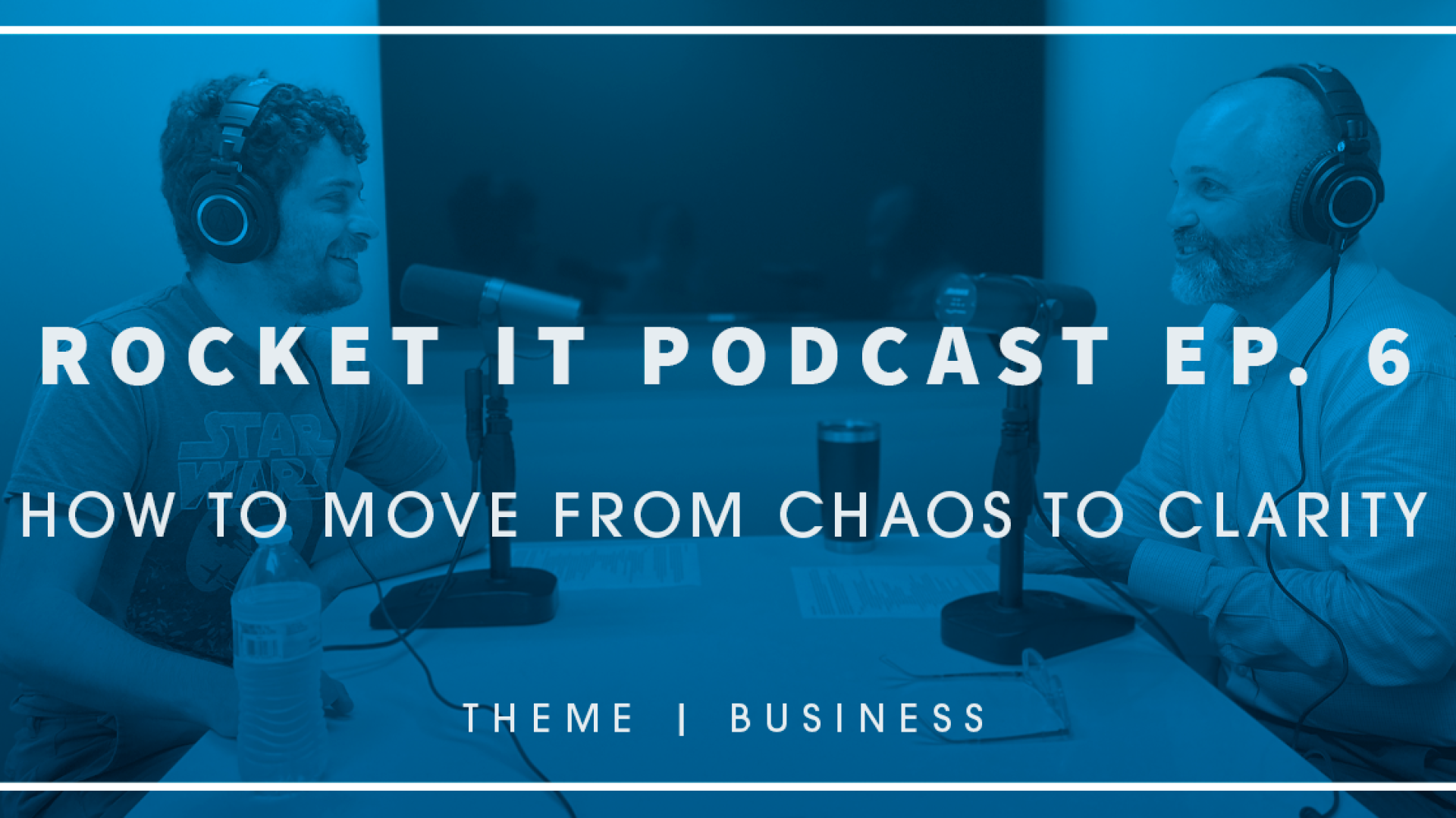Written by Jason Montoya on . Posted in IDEMA.
The Jump: Transitioning Your Organization From Chaos To Order
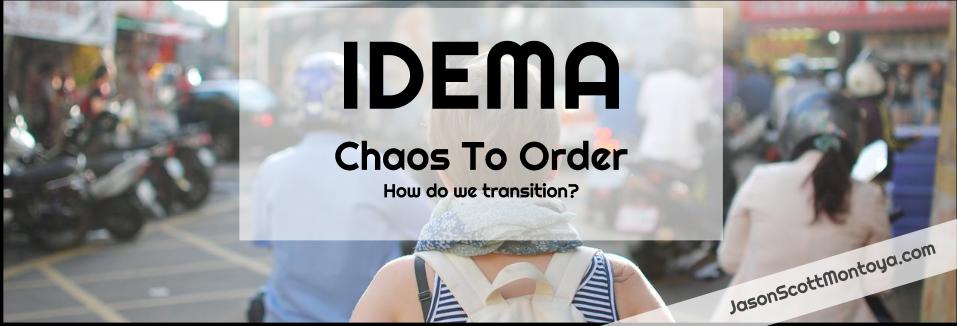
This post is part of a series of posts about IDEMA. IDEMA is a process that came out of the Noodlehead Marketing journey.
While using the IDEMA framework we realized the power it had as it continued to permeate our organization. Everything changed for the better the more we used it. While we saw and experienced the value, we had a disconnect in conveying the value of this system to the outside world in way which was sustaining. We had trouble transitioning from chaos to order.
We knew the power of IDEMA, but practically speaking how was an outside organization going to migrate to it when they were in organizational chaos?
Learning A New Way
It wasn't until our year of release did I learn how to bridge the gap. For a while, I had attempted to bring the system of IDEMA into our personal life as I saw it as a way for our family to be more organized and focused. For various reasons, my wife was not interested in using or going through any of my processes. This required me to set aside my way of doing things and figure out a new way to approach this.
At the time she was resistant, my wife had become exhausted taking care of the house, kids and her community responsibilities. This had resulted in a situation where our home life was in a bit of chaos. I wanted to help alleviate the pain, so I asked her for some time to discuss how I could help her. She proceeded to tell me she had no time and was so tired she couldn't even talk with me on how I could help her. At this point she began feeling despair thinking there was no way out of this cycle of chaos she had been in.
I began thinking to myself about how I could help. Sometimes we just know things we could do to help and so I just began asserting myself taking care of things. I began getting up early with the kids and letting her sleep in. I made breakfast, and I began doing different chores around the house. While I was doing this, I was writing down all of these actions that needed to be done. I began grouping these actions into manageable categories.
The Epiphany
Now my approach before was to take the idea, discover it, build it and then maintain it. In this situation I just had to assess the situation quickly and identify where I could help. Each day I would find more ways I could help, and eventually I was able to alleviate enough pressure to establish a comfortable margin. I was now holding up many responsibilities she once held. This gave her a break and allowed me to review it all objectively in order to discover how we might manage it all better.
What I learned from this season of chaos was, IDEMA is limited in how it can help us in a state of chaos. In this place, we need someone who can transition us towards a system such as IDEMA as a way of helping us out of the chaos.
We need help capturing the rogue activities and getting them done so things don't get worse.
We need help organizing these actions in a way we can begin to properly discover them.
We need help with clear accountability so we don't stay stuck.
But, it gets messy. It's as if our cart is in a trench in the mud. There is not a clear and easy process to get back on the road. We just need to help pull each other out and grab the pieces of the cart worth salvaging. Once we get out of the trench (chaos) and onto the road (order) we can now make real progress towards our vision.
Our Transition Requires Two Initiatives
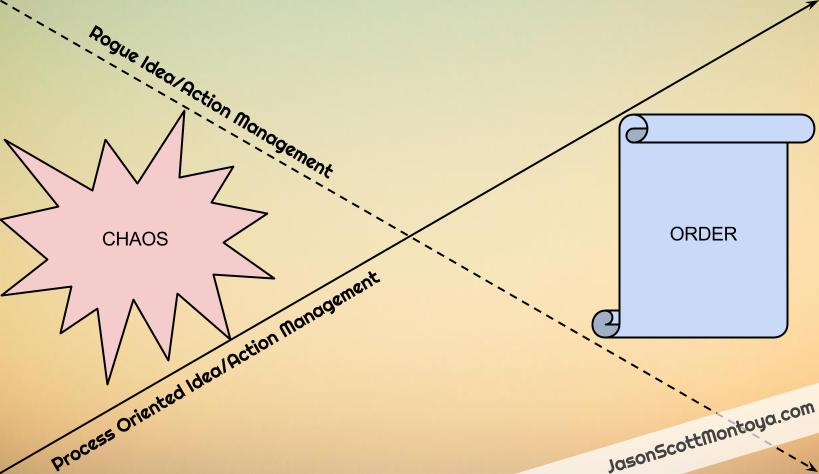
When we work with an organization in chaos, we need to have two initiatives running.
The first initiative is rogue idea and action management. Rogue action management is a process we go through to identify what actions we know, without discovering, need to get done to move the organization forward. We establish accountability for these actions and create a scheduled followup to ensure we are doing them. Our intent as an organization is these rogue actions decline over time.
Our second initiative is process oriented idea and action management. In our case, this is where we take existing and new ideas through the IDEMA framework. We want to properly discover and execute them. We want to ensure we are maintaining with excellence. We want to schedule time when we regularly audit ourselves to ensure we are going the right direction. Over time we should be more process oriented and less rogue oriented.
This is the journey from chaos to order. A journey where chaos is minimized and order is created. It results in an organization dependent on systems, not people.
This allows us to execute with excellence.
This allows people to thrive and community to flourish.
How can this transition framework help your organization?
Related Content
An Update On Writing My 2nd Book & The Blogging Challenge
March 26, 2019
What Are The Five Stages Of Every Organization?
October 25, 2017
The Jump Is Available For Preorder on Amazon + Project Updates
August 17, 2019
Should I Stay Or Should I Go: My Pro Business Channel Interview
December 12, 2019
These Are The Potential Next Side Projects Bouncing Around My Head
September 28, 2017
Time Camp Interview: Transform Your Striving Small Business
October 30, 2019
The Audit Stage - Continue, Change or Stop?
June 06, 2014
Interfaces: The Ways We Work Together
April 04, 2014
Road Hazards Of Life: Roadblocks & Potholes
April 18, 2014
Tagged: The Jump Book
Last Updated: September 16, 2014
